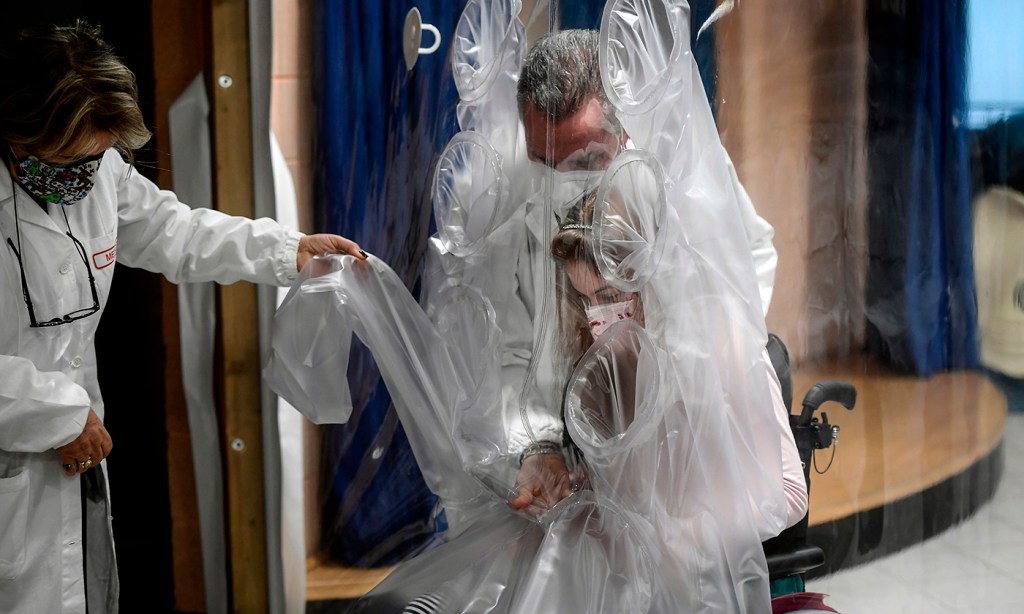I eat meat…
Yes, you read that right. I’m an environmentalist and I’m not a vegetarian. Here’s why:
I’m sure you’ve heard about the environmental impacts of producing beef, pork, and chicken. They are real and a serious threat. If you haven’t, check out the resources section below to get caught up.
But let’s keep our eyes on the prize here. Our goal in #30toEco is to reduce our environmental footprint in 30 days and more importantly, to develop habits that will take us well beyond this first month.
Remember where we started? The first tip was Do What You Can, because we’ve learned that when we try to make radical changes in our lives we get stressed out, we burn out, and revert back to our old ways. But when we take baby steps we change our habits which allows us to consistently make smarter, more eco friendly decisions that add up to BIG changes over time.
The Great Meat Feat
I believe going vegetarian is healthier, more environmentally friendly, and easier on the wallet. But for most people it isn’t easy because we’ve grown up eating meat our whole lives. It’s what we know how to cook, it’s what we are accustomed to ordering at restaurants, and it’s in our culture: we cut the turkey on Thanksgiving and the ham on christmas, not the tofu.
So unless you have the willpower to uproot your entire daily routine in one day, I suggest taking an alternative route to going cold turkey.
Side Note: the colloquialism “going cold turkey” is thought to be a reference for the cold clammy feeling experienced by those going through withdrawl (early 1900’s).
If you don’t want the meat sweats, try to reduce your meat consumption a little bit at a time. If you eat meat every day, try one day without meat (meatless Mondays). Once you’re comfortable with that you can take another day off meat or limit it to one meal per day.
Over time you’ll start to find vegetarian alternatives to your normal meals and in a few months you’ll have smoothly transitioned to a primarily plant based diet. You’ll also probably notice you’re saving money and feeling healthier.
How I manage my meat
I started reducing my meat consumption about 6 years ago and now I feel no pain. In most cases I actually prefer a vegetarian meal over one with meat. It didn’t happen overnight, but gradually over time I’ve changed my taste buds.
Over time I’ve also changed the way I think about meat. I used to take it for granted, chowing down everything from hot dogs to t bone steaks, but now that I understand the environmental impact and all the effort it takes to get a piece of meat onto my plate, I appreciate it much more. When I do eat meat, I eat quality meat and I enjoy it in smaller portions.
My personal rule for the last six years has been to not cook with meat. I will eat meat sometimes when I go out to eat and I will eat meat on special occasions like holidays. Every once in a while I will buy meat to cook at home, but only if it’s organic, grass fed, and/or free range.
As a result of my meat weaning I’ve reduced my meat consumption twice a day on average to about once a week. While I may go fully vegetarian in the future, this is working for me right now and over the course of the last 6 years I’ve reduced my meatprint big time.
Your Action Items
Learn to appreciate meat.
Follow an attainable plan. What works for you? Reduce your meat intake at a reasonable level. Once you’re comfortable, reevaluate and take the next step.
Share your challenges and successes with the group. What’s worked for you? Comment below or drop me a note.
Don’t fight it:
[mc4wp_form id=”747″]
<< #13 Support The cause
#15 The Recipe >>
Resources:
Cold Turkey
This explanation of the term “cold turkey” is completely unrelated to the environment but worth the 2min read.
Reduce Your Meat Impact
Here is a more in-depth guide to reducing your meat intake. Learn how to work with your tastebuds to make the transition towards less meat and a small environmental impact.
If you’d like to read up on the environmental impact of meat consumption:
The Triple Whopper Environmental Impact of Global Meat Production
Giving up beef will reduce carbon footprint more than cars
How Does Meat in the Diet Take an Environmental Toll?







